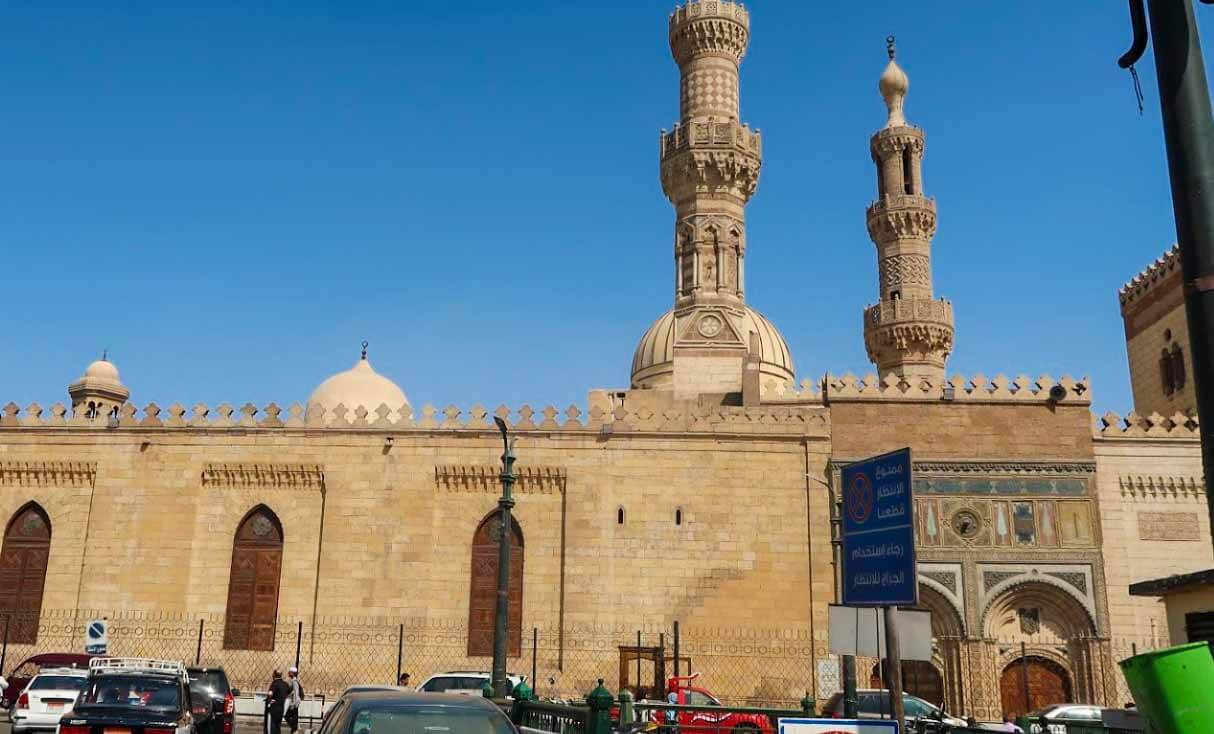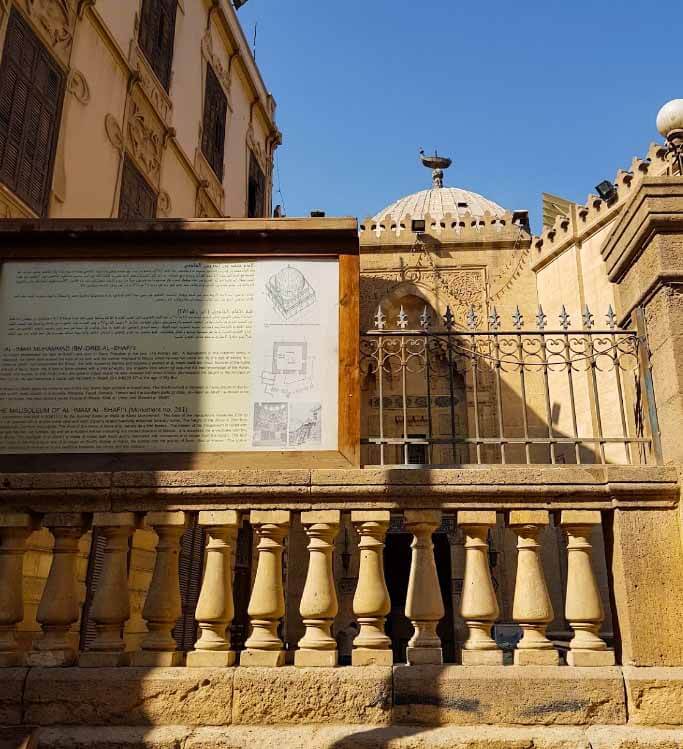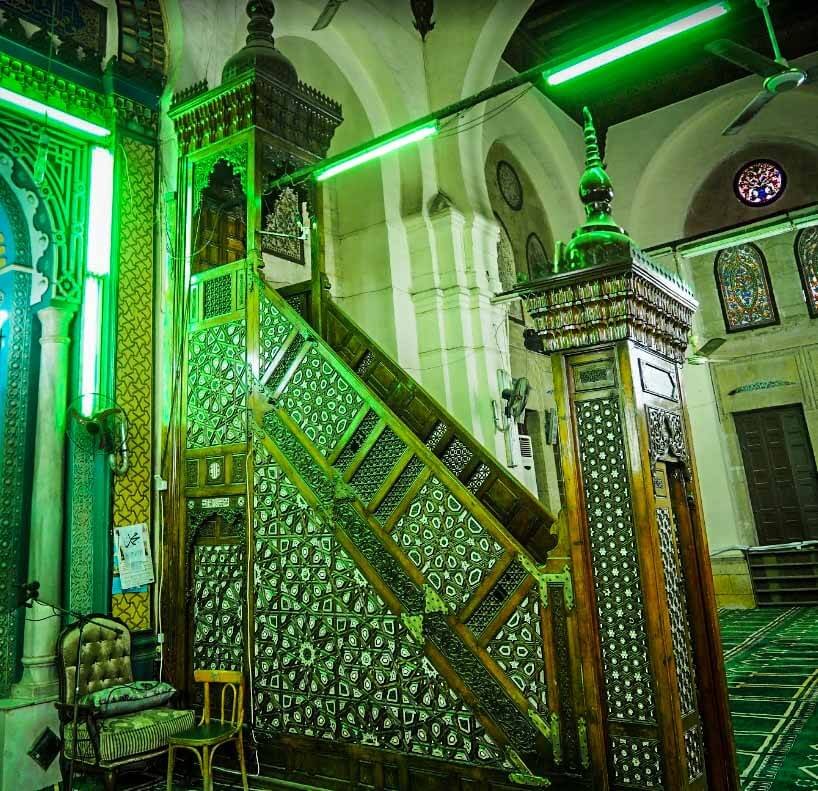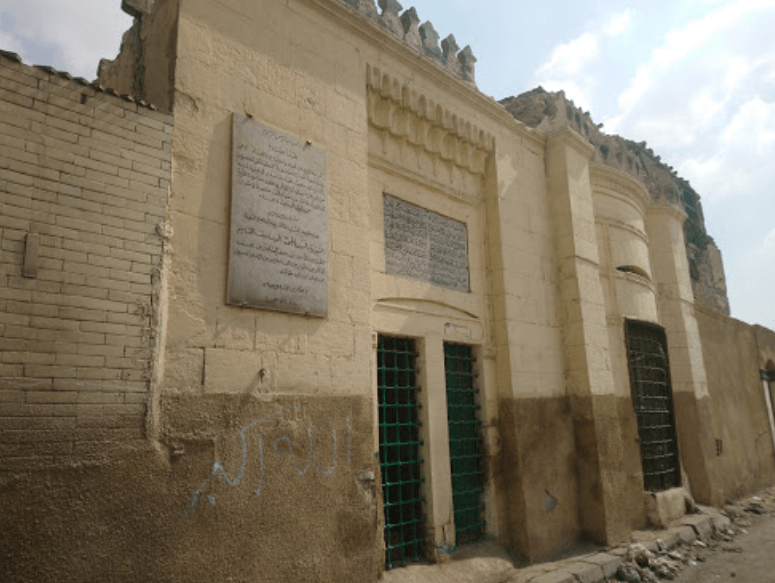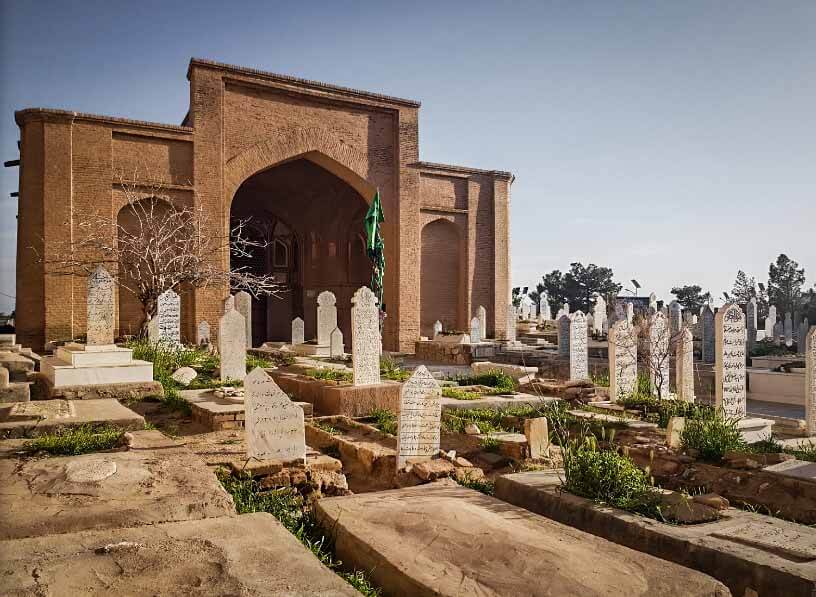Cairo, Egypt
Coordinates: 30.012000, 31.258300
Imam Shafii رحمة الله عليه was an Arab Muslim theologian, writer, and scholar, who was the first contributor of the principles of Islamic jurisprudence (Usul al-fiqh).
Often referred to as ‘Shaykh al-Islam’, Imam Shafii رحمة الله عليه was one of the four great Sunni Imams, whose legacy on juridical matters and teaching eventually led to the Shafi’i school of fiqh (or Madh’hab).
He was the most prominent student of Imam Malik ibn Anas رحمة الله عليه, and he also served as the Governor of Najar.
Born in Gaza in Palestine (Jund Filastin), he also lived in Mecca and Medina in the Hejaz, Yemen, Egypt, and Baghdad in Iraq.
Al-Shafi’i traveled to Baghdad to study with Abu Hanifah’s acolyte al-Shaybani and others.
It was here that he developed his first madh’hab, influenced by the teachings of both Imam Abu Hanifa رحمة الله عليه and Imam Malik رحمة الله عليه. His work thus became known as “al Madhhab al Qadim lil Imam as Shafi’i,” or the Old School of al-Shafi’i.
It was here that Imam al-Shafi’i رحمة الله عليه actively participated in legal arguments with the Hanafi jurists, strenuously defending the Maliki school of thought.
Mausoleum of Imam al-Shafi’i رحمة الله عليه
Imam Shafi’i رحمة الله عليه travelled to Cairo in 813 after studying under Hz. Malik ibn Anas رضي الله عنه and subsequently established the Shafi’i maddhab. There, he taught at the Mosque of Amr ibn al-As (رضي الله عنه) before his death in 819. He was buried by his child Ibn Abdulhakim in the place of turbah in the City of the Dead.
Later, the Ayyubid sultan Salahuddin Ayyubi رحمة الله عليه built a turbah for Imam Shafi’i رحمة الله عليه in 1176, marking the first establishment on his grave.
In 1178, a wooden coffin was created with decorations of Islamic geometric patterns and inscriptions of the Qur’anic verses and the life of Imam Shafi’i رحمة الله عليه in Kufi and Ayyub scripts. The decorations were created by Abid al-Najar. Salahuddin Ayyubi رحمة الله عليه also founded a madrasa near the site.


